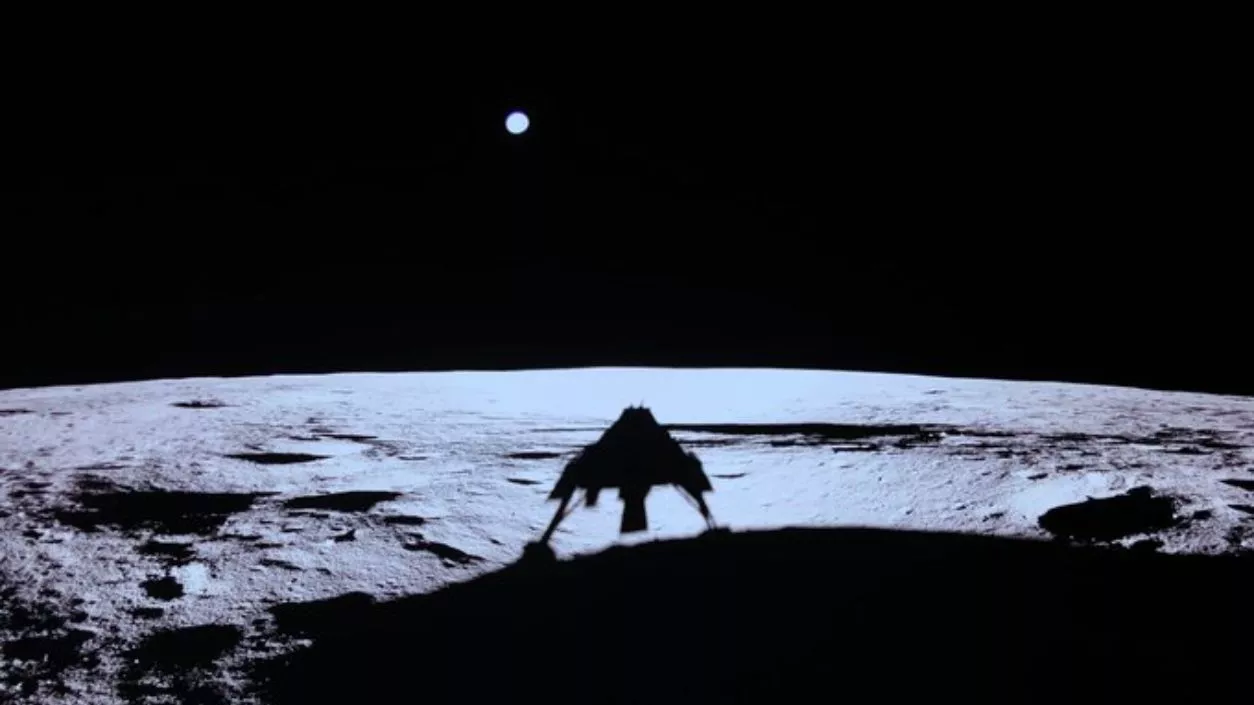.gif)
.gif)

Firefly Aerospace's Blue Ghost lunar lander has successfully touched down on the Moon's Mare Crisium region after a precise and challenging descent. The spacecraft, launched on January 15, 2025, aboard SpaceX's Falcon 9 rocket, completed its mission on March 2, marking a significant achievement in lunar exploration. This mission is the first of three planned lunar landings targeting different regions of the Moon, with Blue Ghost's successful landing setting the stage for further exploration.
The spacecraft spent around a month in Earth orbit before initiating its journey toward the Moon. After entering lunar orbit, the Blue Ghost refined its trajectory over 16 days, preparing for the crucial descent phase. This careful approach allowed the mission team to test the spacecraft's systems and ensure a safe and accurate landing. The Blue Ghost landed near Mons Latreille, a prominent ancient volcanic feature on the Moon, making it an ideal site for conducting various scientific investigations.
As part of NASA's Commercial Lunar Payload Services (CLPS) program, Blue Ghost carries 10 NASA payloads designed to enhance our understanding of the Moon's environment. These include studies of heat flow from the Moon’s interior, which could provide insights into the Moon's thermal evolution. Additionally, the lander will analyze how lunar regolith reacts to the lander’s engine plumes, offering valuable data to improve landing technologies for future missions. The lander will also study the Moon’s magnetic and electric fields to help scientists gain a better understanding of its geological history.
The mission will also provide data on lunar soil adhesion, which is vital for designing equipment for future lunar missions. In addition, Blue Ghost will test the use of Global Navigation Satellite System (GNSS) signals on the Moon’s surface, potentially advancing navigation technology for future lunar missions. Another key aspect of the mission is capturing high-definition imagery of Earth’s magnetosphere, providing new perspectives on our planet’s magnetic field.
Blue Ghost will operate for approximately 14 Earth days, which is equivalent to one lunar day. During this time, the lander will conduct its scientific studies and technology demonstrations. One of the mission's most anticipated objectives is to capture high-definition video of the lunar horizon glow and the phenomenon of lunar dust levitation, first documented by Apollo 17 astronauts over 50 years ago. The success of Blue Ghost emphasizes the growing role of private companies in space exploration, contributing to NASA’s efforts to establish a sustained human presence on the Moon through the Artemis program.